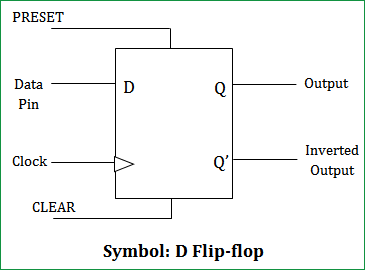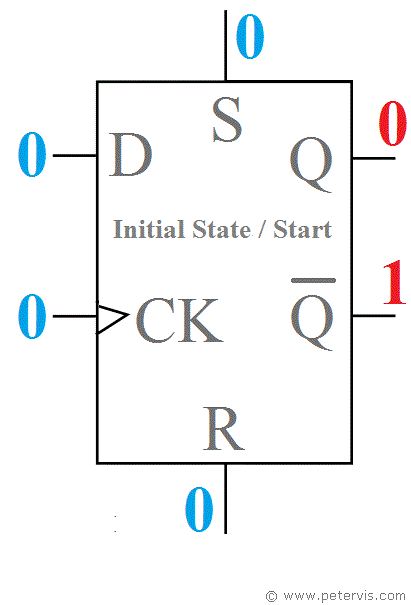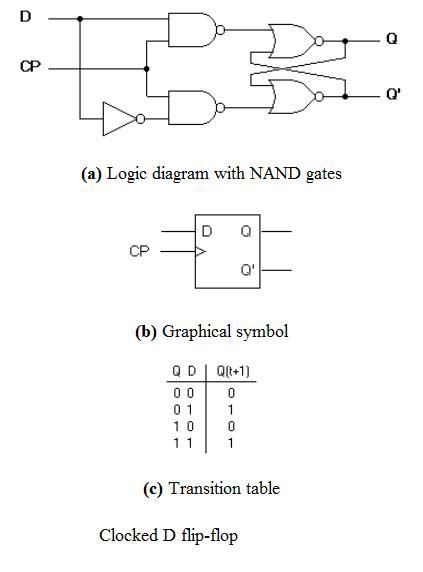D Flip Flop Truth Table With Set And Reset

Flip flop is a circuit or device which can store which can store a single bit of binary data in the form of zero 0 or 1 or we can say low or high.
D flip flop truth table with set and reset. Truth table and applications of sr jk d t master slave flip flops. They are commonly used for counters and shift registers and input synchronisation. D flip flop is a better alternative that is very popular with digital electronics. The toggle flip flop with set reset models a generic clocked data type flip flop with either asynchronous or synchronous set and reset inputs.
The truth table of jk flip flop with preset and clear. Sr flip flops are used in control circuits. Here in this article we will discuss about d type flip flop. Thus the initial state according to the truth table is as shown above.
The output changes state by signals applied to one or more control inputs. In a d flip flop the output can be only changed at the clock edge and if the input changes at other times the output will be unaffected. Memory register 8 bits to a byte as you can see if you can store 1 bit using a single d type flip flop then all you need are eight of these connected to a. A basic nand gate sr flip flop circuit provides feedback from both of its outputs back to its opposing inputs and is commonly used in memory circuits to store a single data bit.
The clock edge trigger can be set with the trigger condition parameter to be either rising edge 0 to 1 or falling edge 1 to 0. From the table we conclude that if the preset input is active the output changes to logic state 1 regardless of the status of the clock j and k inputs. D flip flop with preset and clear. The q and qn outputs can change state only on the specified clock edge unless the asynchronous set or reset is asserted.
At other times the output q does not change. The d flip flops are used in shift registers. Rs flip flop reset set d flip flop data jk flip flop jack kilby t flip flop toggle out of the above types only jk and d flip flops are available in the integrated ic form and also used widely in most of the applications. Remember that the reset pin overrides the input d and clock ck and returns q to logic 0.
The flip flop is a basic building block of sequential logic circuits it is a circuit that has two stable states and can store one bit of state information. The other way is to set logic 1 at the reset pin. D type flip flop truth table. The reset input resets the flip flop back to its original state with an output q that will be either at a logic level 1 or logic 0 depending upon this set reset condition.
The basic. That captured value becomes the q output. The common types of flip flops are rs flip flop reset set d flip flop data jk flip flop jack kilby t flip flop toggle out of the above types only jk and d flip flops are available in the integrated ic form and also used widely in most of the applications. In frequency division circuit the jk flip flops are used.


















